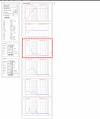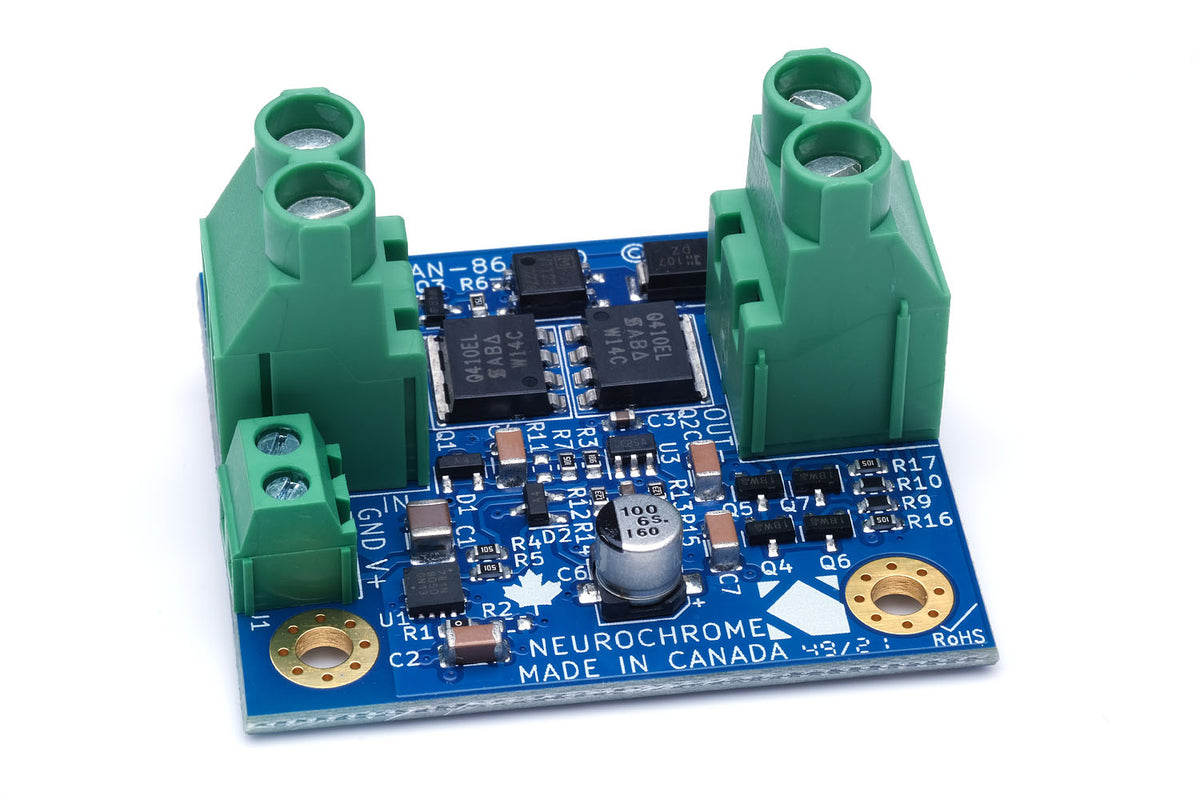I have been following a few threads with discussion about Hypex NC amps and DC protection. It seems the very popular NCxyzMP amps leave something to be desired in protecting speakers from DC damage, not triggering protection until at least 12v or more. This seems to be supported by a warning on Audiophonics website regarding these amps and in the Hypex data sheets.
This is also reinforced by a discussion between some of our more knowledgeable members on PMA's NC252MP in depth testing thread. From what I understand, it appears Hypex is relying on OEM's to implement amp output protection as what is provided for by Hypex seems to be very lenient. I am not aware of any of the vendors popular here making any reference to protection circuitry beyond what the modules ship with.
Even some traditional amps which do not measure very well and are seen as mediocre here, Parasound for example, go to considerable lengths to highlight their DC Servo circuits even in the affordable New Classic line. Why do I never see mention of protection with all the class D amps? Do you need to purchase from a company like NAD before you start to see these additional protections? I assume Hypex UcD is similar in regards to protection. How about Purifi?
I know Amir gets never ending requests to add to his testing regiment but is this something that could efficiently added to reviews? What is someone shopping for an amp to conclude, is this a real issue? Based on my limited knowledge of amp design, I feel like this situation is tempting Murphy. It would be very helpful if Amir and the members with relevant knowledge could bring some clarity on this topic.
This is also reinforced by a discussion between some of our more knowledgeable members on PMA's NC252MP in depth testing thread. From what I understand, it appears Hypex is relying on OEM's to implement amp output protection as what is provided for by Hypex seems to be very lenient. I am not aware of any of the vendors popular here making any reference to protection circuitry beyond what the modules ship with.
Even some traditional amps which do not measure very well and are seen as mediocre here, Parasound for example, go to considerable lengths to highlight their DC Servo circuits even in the affordable New Classic line. Why do I never see mention of protection with all the class D amps? Do you need to purchase from a company like NAD before you start to see these additional protections? I assume Hypex UcD is similar in regards to protection. How about Purifi?
I know Amir gets never ending requests to add to his testing regiment but is this something that could efficiently added to reviews? What is someone shopping for an amp to conclude, is this a real issue? Based on my limited knowledge of amp design, I feel like this situation is tempting Murphy. It would be very helpful if Amir and the members with relevant knowledge could bring some clarity on this topic.


